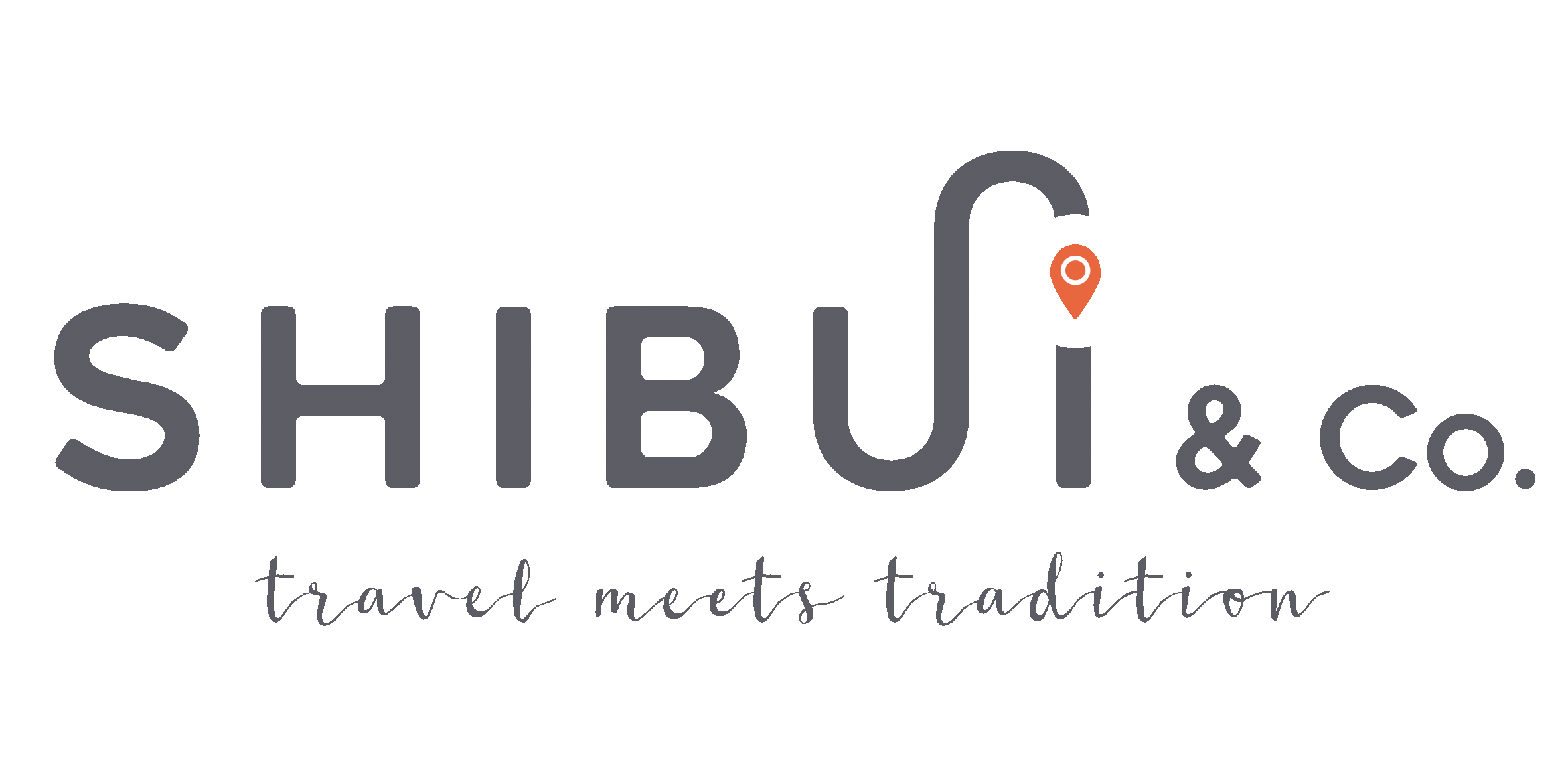Royal Shakespeare Company: Costume Makers
WHEREFORE
ART THOU SHAKESPEARE NOW?
Think Elizabethan England… a generation of social hierarchy climbing high on the romance of fresh poetry, literature and music prolific to its time. But wherefore art thou exquisite Tudor style fashion now?
CURATOR BRISEIS ONFRAY | INTERVIEW WITH ALISTAIR McARTHUR, HEAD OF COSTUME, ROYAL SHAKESPEARE COMPANY | PHOTOS © ROYAL SHAKESPEARE COMPANY | COUNTRY ENGLAND
Today, the Royal Shakespeare Company (RSC) draws over 1 million visitors to its stages in Stratford-upon-Avon each year and also broadcasts productions ‘live’ to cinema audiences in 20 countries, including China. With a global audience still enamoured by Britain’s rich, cultural heritage, the team at the RSC have an impressive responsibility to bring Shakespearean script back to life on the stage.
Alistair McArthur is the Head of Costume with 15 years working at the RSC up his sleeve. He shares this wonderful world of Shakespearean theatre from behind the scenes.
HOW LONG HAS THE COSTUME WORKSHOP BEEN AN INTEGRAL PART OF THE RSC, AND HOW MANY MAKERS ARE ON THE TEAM TODAY?
The Costume Workshop has been operating at the RSC since the 1940s and is the largest in-house costume-making department of any British theatre, employing over 40 people. From skilled pattern and costume makers to milliners, jewellers and wig, hair and make-up artists, the craftsmanship involved in every costume and how a costume looks and feels, enables the actors to bring their characters into life on stage.
HOW DO THE COSTUME MAKERS VISUALISE A PRODUCTION OR CREATIVE BRIEF?
Each production has a designer appointed by the artistic director, but the RSC costume teams are responsible for taking the lead designer’s two-dimensional drawings and making them into three-dimensional costumes. Everything we do is in response to what the designer requires.
WHAT SKILLS ARE REQUIRED TO BE A COSTUME MAKER?
That really depends upon the field in which the makers work. Advanced construction techniques are needed for both male and female costumes, and millinery and block printing to jewellery making, colour matching, fabric dyeing and leather work techniques are all required for costume props. All of our makers can usually sew by hand or machine sew to a very high standard. We make everything from shirts to suits, ball gowns to cloaks, and breast-plates to turbans. We also dye and print fabrics on-site. The only things we don’t make on-site are the footwear and any metal work. We do not use bought patterns. Our cutters draft each pattern from scratch, to fit to each performer’s measurements. The costumes are all hand or machine made by our costumiers, milliners and leather workers.
WITH SO MANY PRODUCTIONS IN PLAY, HOW MANY COSTUMES ARE MADE PER WEEK, MONTH OR YEAR?
That’s impossible to say as each production is different. We may make a lot of period costumes from scratch or alter costumes from stock for some shows. For some modern dress shows, we may buy more items than make. On average though approximately 4000 to 5000 costume items may go through our workrooms annually.
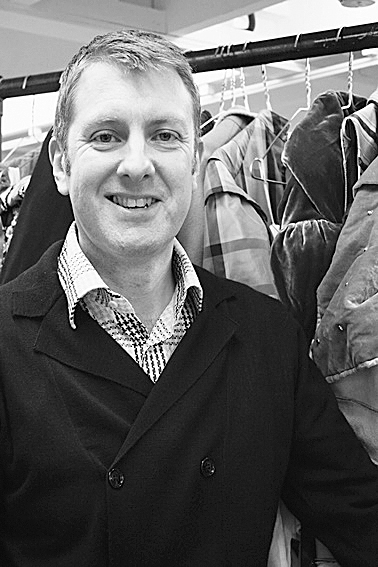
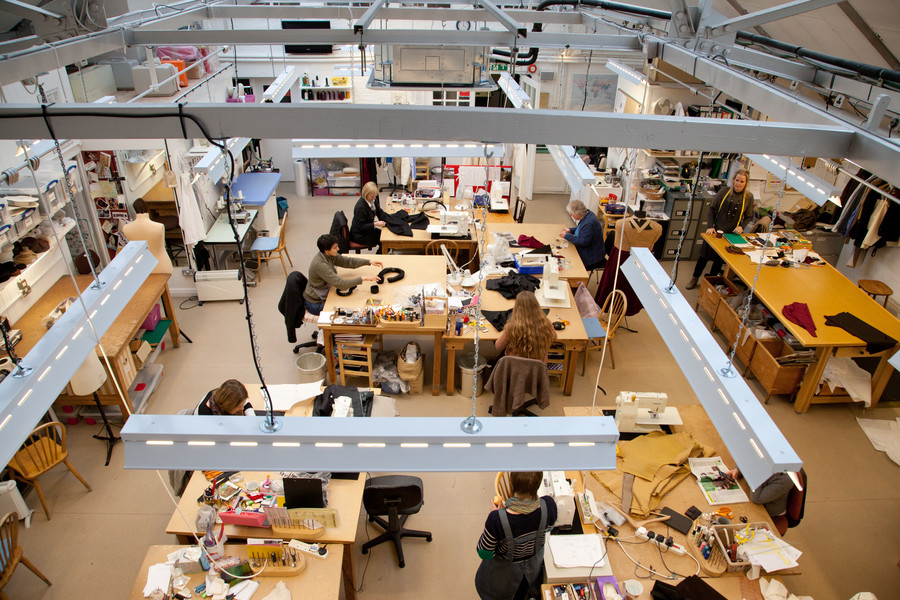
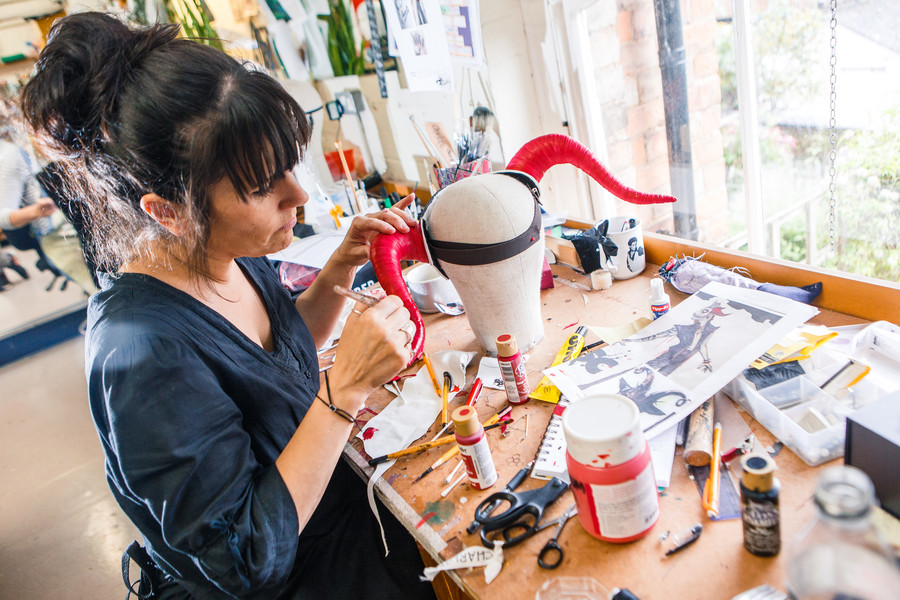
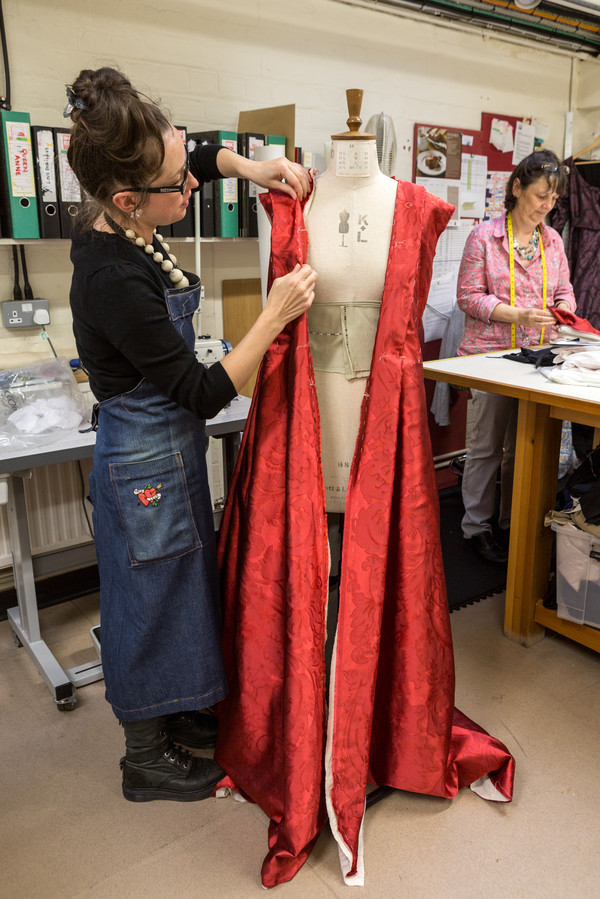
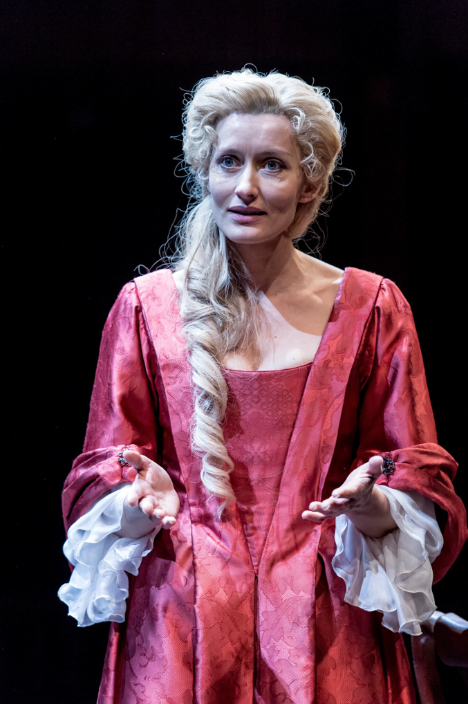
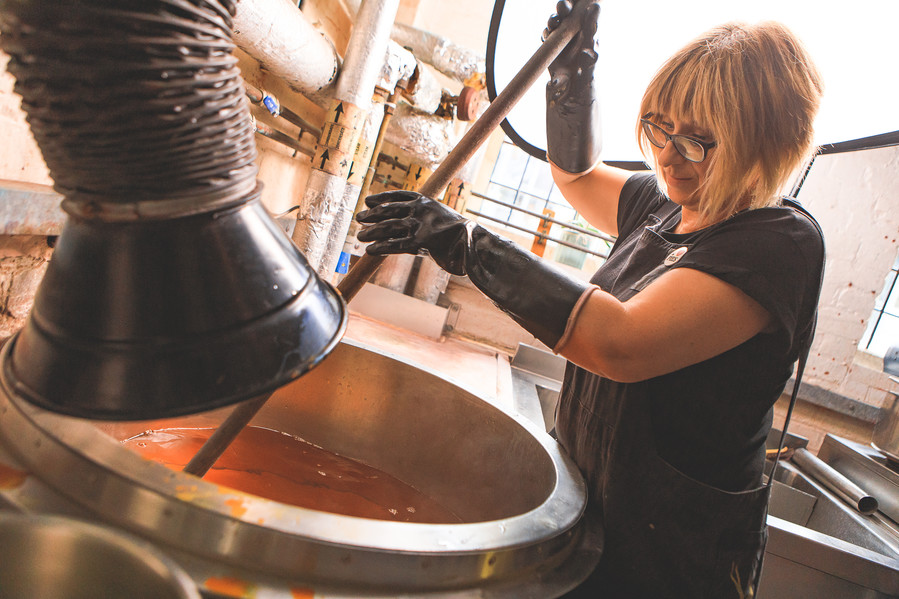
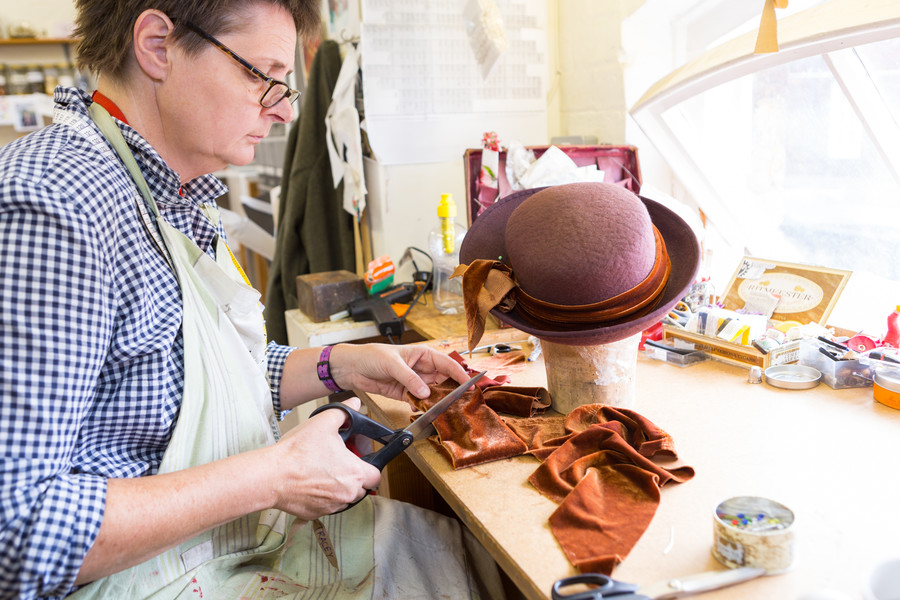
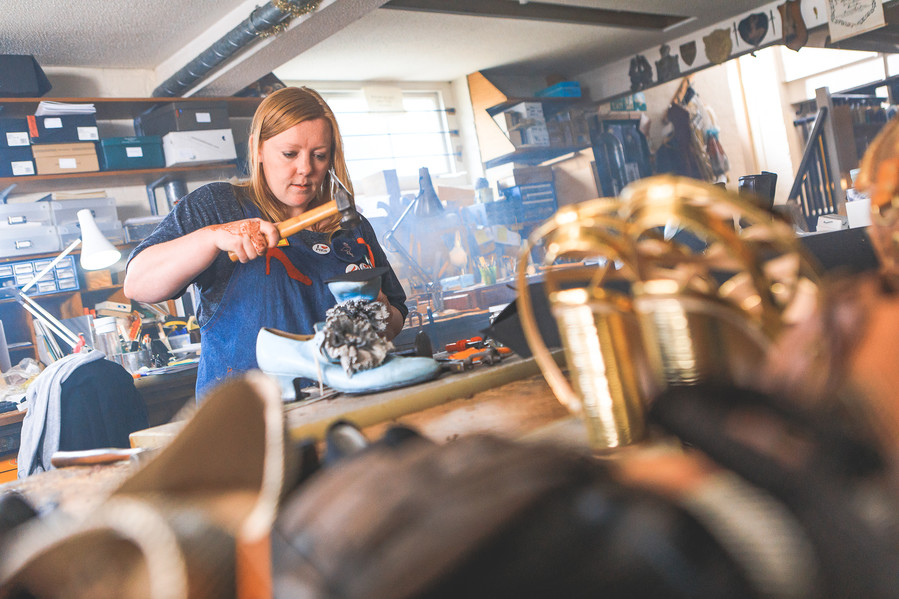
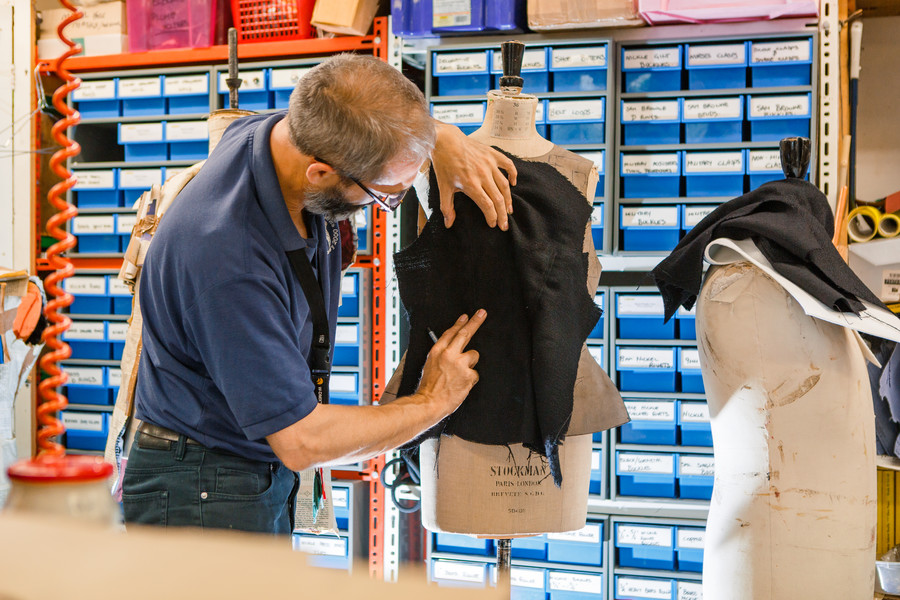
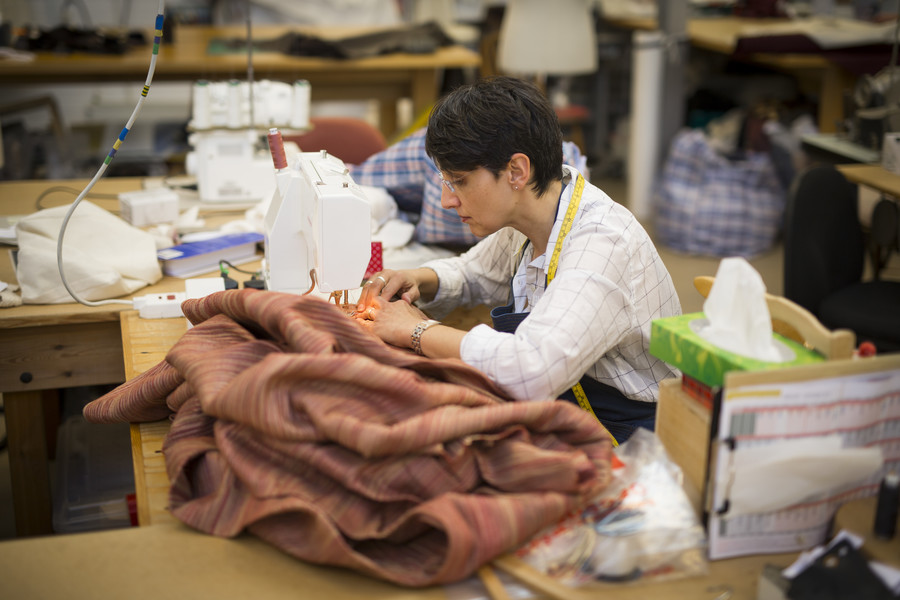
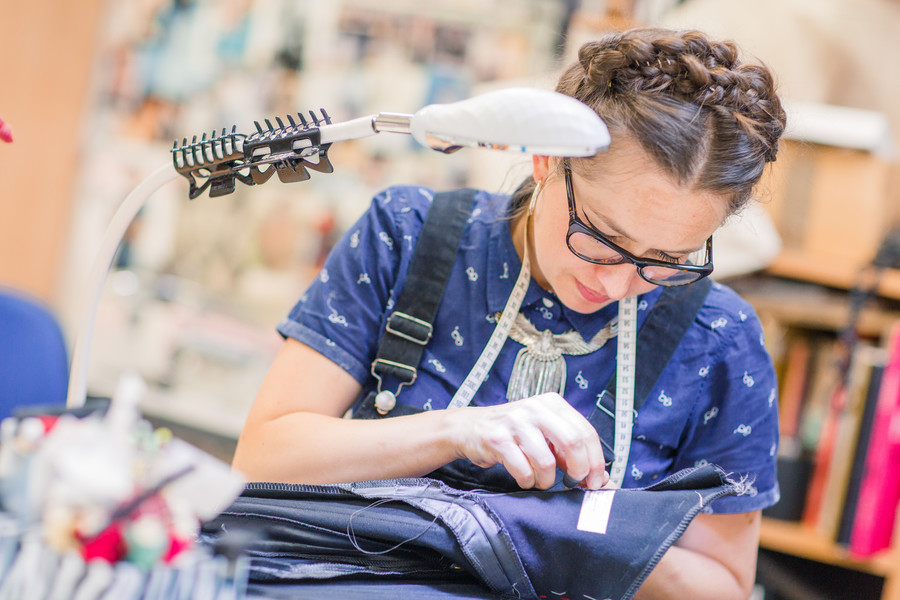
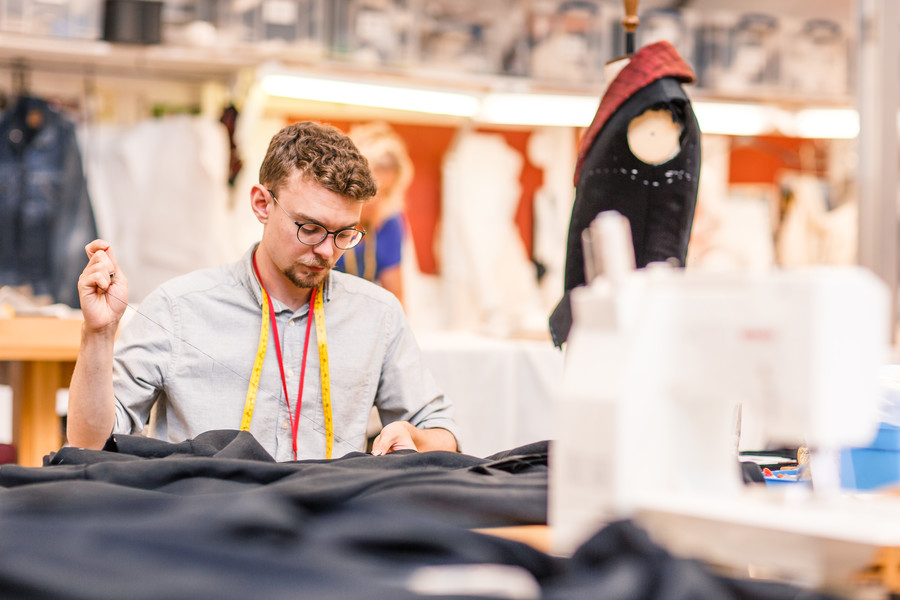
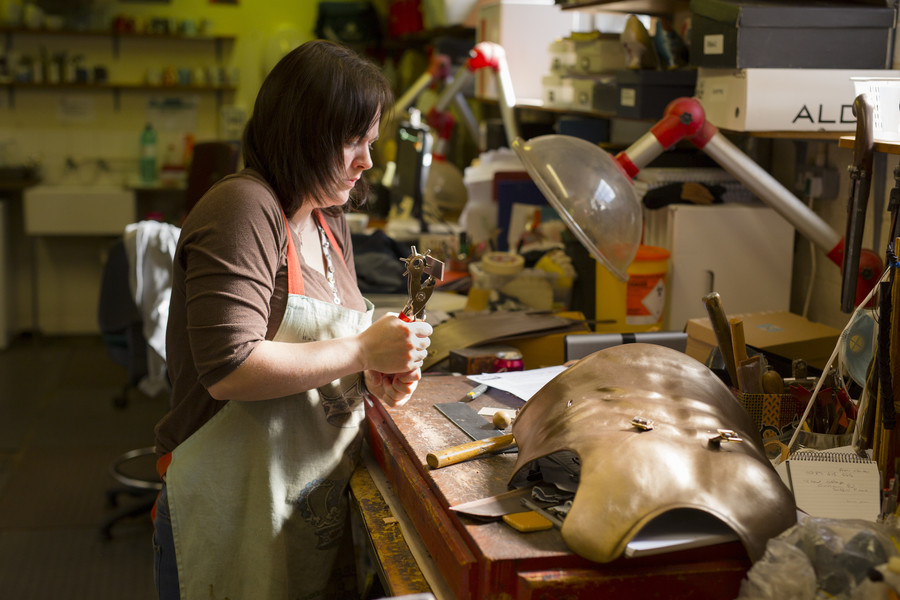
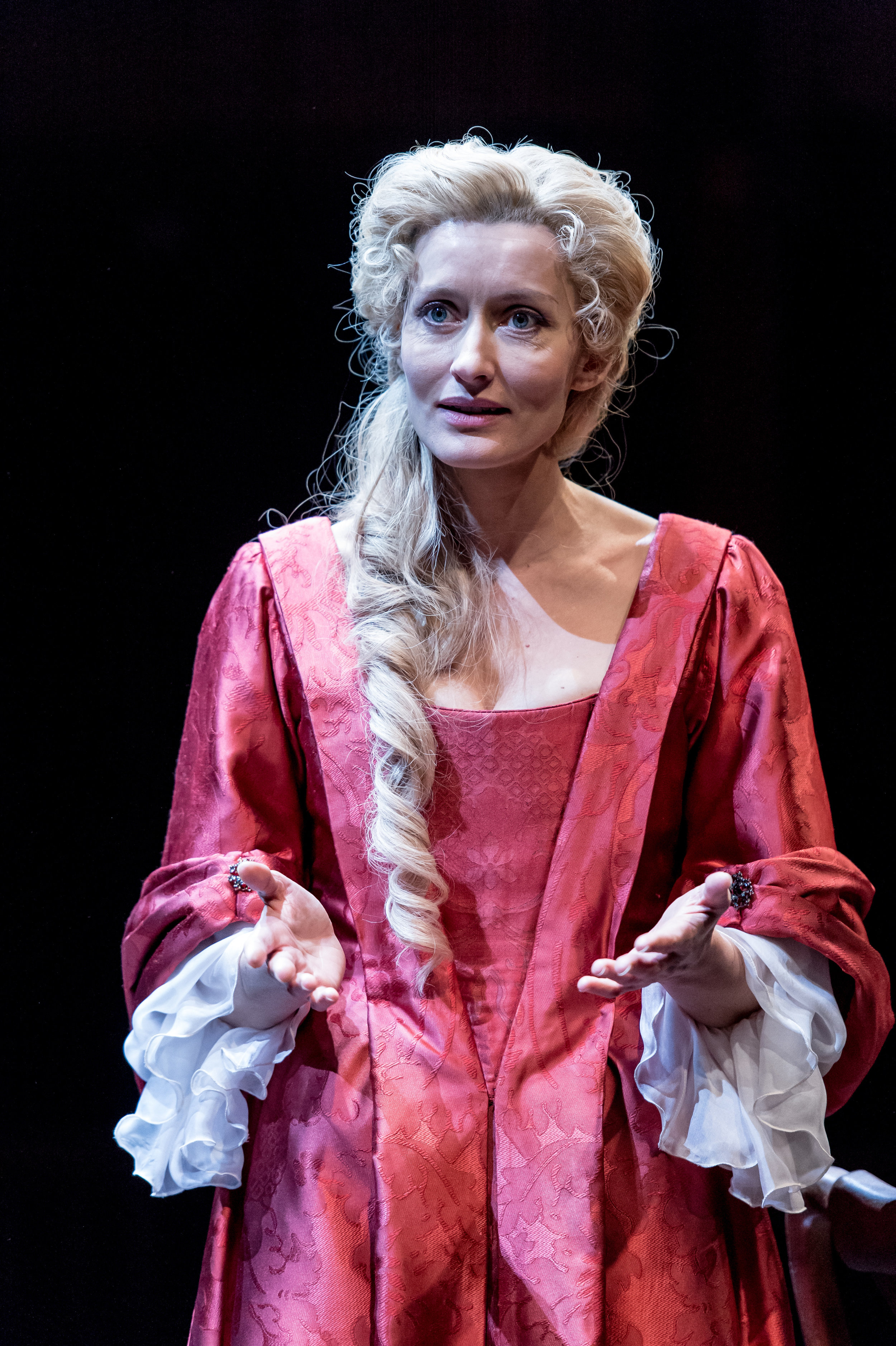
THERE MUST BE SOME TIGHT BUDGETS AND CRAZY DEADLINES AT TIMES. WHAT IS AN ALMOST IMPOSSIBLE PROJECT THAT COMES TO MIND?
We are proud to say that we view nothing as impossible. Sometimes the deadlines add extra pressure when we are making costumes for four different shows at the same time. ‘A Soldier in Every Son’ was a great example – even though it was really varied, exciting and challenging work, it required full collaboration between the makers of the workrooms to create the extraordinary designs and vision of the costume designer.
WHERE DOES THE INSPIRATION FOR EACH COSTUME COME FROM?
The designer normally does their research from a wide variety of sources: art galleries, museums and the plethora of reference books available. The internet is a wealth of inspiration of course.
WHAT MATERIALS AND TOOLS ARE USED TO MAKE THE GARMENTS?
The costume supervisor and the costume designer will sample fabrics first and then decide which fabric is appropriate for which part of the costume. Sometimes, if we can’t find the exact item that the designer needs, we dye or print the fabrics before constructing the costumes. We buy fabrics from all over the world. A lot of our material comes from woollen mills around Bradford with a huge array of fabrics coming from London. We also buy fabric from Germany, Italy, France, India and the USA. The majority of our thread is from Coats, the world’s leading industrial thread manufacturer. Depending on what the production designer needs, our daily tools include sewing machines, anvils, vac formers, dye vats, dye powders and hat blocks, just to name a few.
WHAT IS THE SHORTEST AND LONGEST TIME IT HAS TAKEN TO MAKE A COSTUME?
It is almost impossible to answer this as the variety of tasks at hand is so large. A shirt may take two to three hours, yet a full doublet and hose could take a week and a half.
WHAT HAPPENS TO ALL OF THE COSTUMES AFTER PRODUCTIONS?
All of our costumes make their way to RSC Costume Hire where they can be hired out by professionals and amateurs all year around.
SUPPORT THE RESTORATION PROGRAM
rsc.org.uk/stitch-in-time
